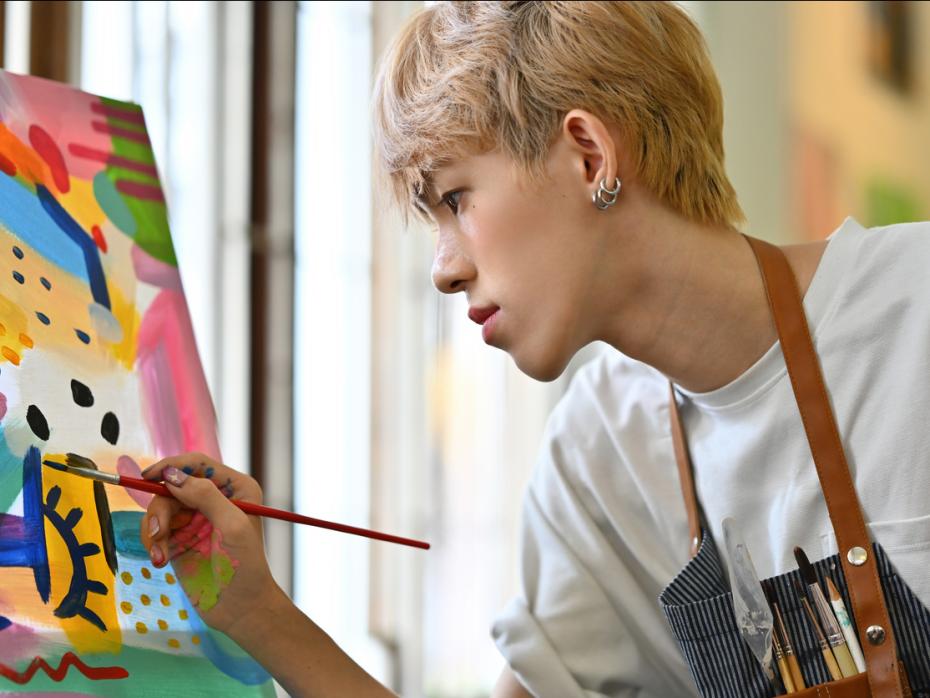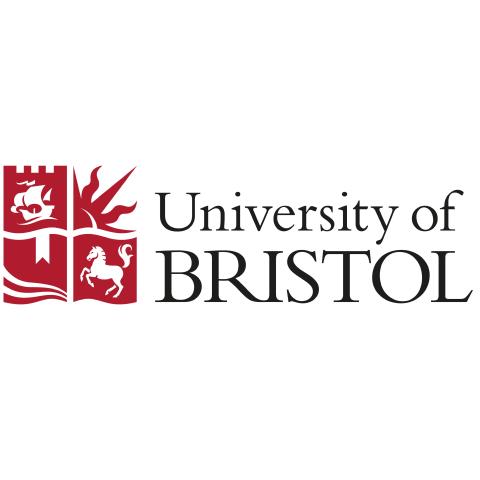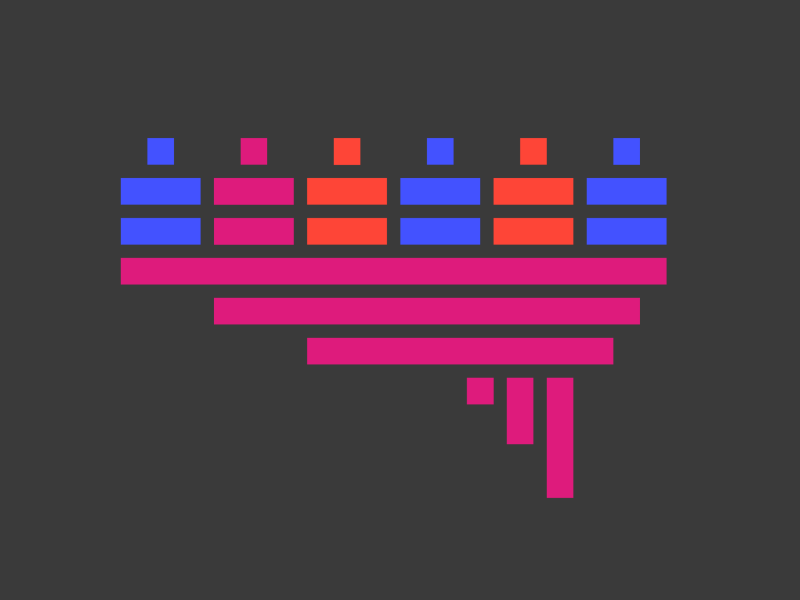
Preparing students for careers in the creative industries
The creative industries are evolving rapidly, requiring employers to take innovative approaches and seek graduates with a range of new skills. We must look to an interdisciplinary approach, experiential learning opportunities, technology and inclusivity to help bridge the gap between academic learning and industry demands. I say this as an academic with specialisms in Japanese studies, education policy and educational sociology, all of which have shown me the value of having a diverse skill set.
Interdisciplinary learning
Interdisciplinary education encourages students to draw connections across domains, which fosters creativity and innovation. To promote this, we must develop curricula that integrate multiple disciplines such as technology and art or business and design. This kind of approach aligns with the National Endowment for Science Technology and the Arts (NESTA) 2011 report, which highlighted the importance of integrating artistic and STEM skills into higher education.
Interdisciplinary teaching requires collaboration between departments. This can be facilitated in the following ways:
- Co-development of joint courses among departments such as art, technology and business to create novel learning opportunities relating to interactive media or AI in digital art, among others. For example, fine art students could be tasked with creating digital art exhibitions that involve coding or developing a business plan.
- Establishment of interdisciplinary “creative labs” where students from various disciplines collaborate on real-world tasks, such as branding campaigns or sustainable design projects.
- Incentivisation of faculty collaboration by recognition and support of faculty who co-teach or lead interdisciplinary projects, cultivating a culture of cross-departmental engagement that enhances students’ industry readiness.
Digital literacy
My research on the digital divide during the pandemic emphasised the need to ensure access to digital tools and skills to reduce inequalities and prepare students for digital-driven careers. Relevant strategies include:
- Digital tools training: incorporate hands-on training sessions on industry-standard digital tools such as Adobe Creative Suite, AutoCAD and digital marketing platforms.
- Virtual reality (VR) and augmented reality (AR) integration: use VR and AR technologies to create immersive learning experiences. For example, design courses could use VR headsets such as Oculus Quest or HTC Vive for virtual walk-throughs of architectural designs or fashion shows. Educators can create these kinds of interactive experiences using platforms such as Unity or Adobe Aero. I also recommend collaborating with tech support teams to set up VR spaces or to use accessible mobile AR to broaden participation in engaging, technology-enhanced learning experiences.
Experiential learning and real-world applications
Experiential learning places students in real-world contexts and so bridges the gap between theoretical knowledge and practical application. This could involve incorporating internships or project-based learning that requires students to collaborate with industry partners and apply learning in practical ways. In a design course, for example, students might work directly with a local business to develop branding strategies, receive feedback and refine their work based on real market needs. Educators can also organise simulation exercises, such as mock product launches, to deepen their understanding of industry dynamics and decision-making processes.
- Resource collection: Getting students workplace-ready
- Teach the skills required for a future we can’t yet imagine
- Strategies to train students in three transferable skills wanted by employers
Key to enabling these experiences is building strong partnerships with creative industry organisations by attending networking events, joining local business councils or establishing advisory boards with industry leaders. Alumni working in the creative sector can also help facilitate these opportunities.
To ensure internships are well structured, work with partner organisations to outline clear learning outcomes, specific tasks and expected skills development. Each internship should have a detailed orientation, regular mentorship sessions and an end-of-programme assessment to help students reflect on their achievements and areas for improvement. Structured evaluations from both students and mentors at each phase ensure ongoing alignment and provide a solid framework for professional growth.
Another effective experiential learning approach involves having students in creative fields partner with local enterprises to design visually impactful marketing campaigns or branding strategies. For instance, graphic design students at the School of Visual Arts collaborated with Moe’s Cafe to develop a comprehensive rebranding campaign, including logo redesign and social media content creation, enhancing the cafe’s brand identity.
Similarly, fashion design students might work with sustainable clothing manufacturers to create eco-friendly prototypes; for example, students at the Amsterdam Fashion Institute partnered with local start-ups to produce digital fashion collections, integrating sustainability and innovation. Additionally, digital media students could develop interactive advertising solutions, such as creating AR experiences for city art festivals, allowing attendees to explore exhibits virtually through their smartphones. These kinds of projects bridge theory and practice, equipping students with industry-relevant skills tailored to the creative sector.
An inclusive mindset
A creative and inclusive mindset is crucial for success in the creative industries. My role as gender and sexualities postgraduate representative at Cardiff University has allowed me to advocate for diversity and inclusion within academic and professional settings. This includes:
- Inclusive curriculum design: ensuring that the curriculum reflects diverse perspectives and includes content that addresses various cultures, genders and socio-economic backgrounds to help students understand and appreciate different viewpoints.
- Creative-thinking workshops: conducting workshops focused on enhancing creative-thinking and problem-solving skills. Techniques such as brainstorming, mind mapping and lateral-thinking exercises can help students think outside the box.
Preparing students for careers in the creative industries requires a multifaceted approach that emphasises an inclusive curriculum, interdisciplinary and experiential learning and the teaching of relevant technical skills. This can help learners navigate and succeed in creative industries careers.
Miaomiao Jia is a PhD candidate in educational sociology at the University of Bristol.
If you would like advice and insight from academics and university staff delivered direct to your inbox each week, sign up for the Campus newsletter.
Additional Links
For more information on interdisciplinary learning and curriculum planning, visit my academic profile.
For details on the ENIS Student Mobility project, refer to the ENIS Network.




